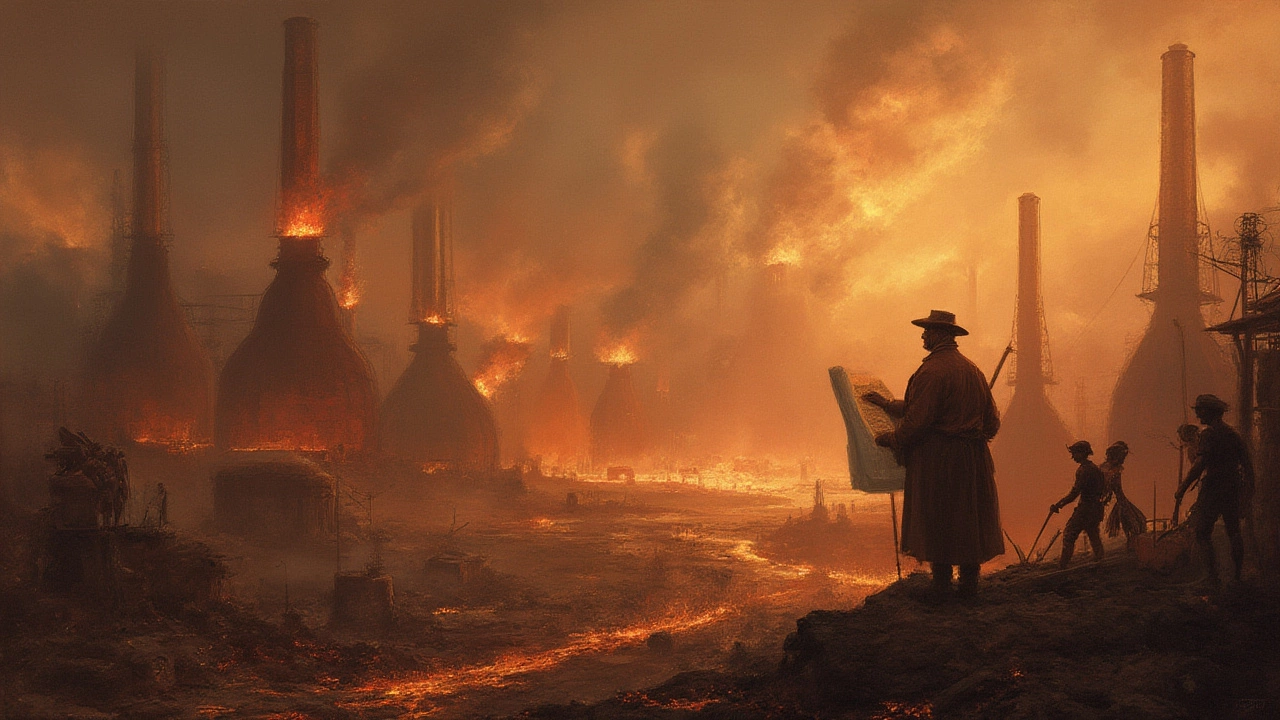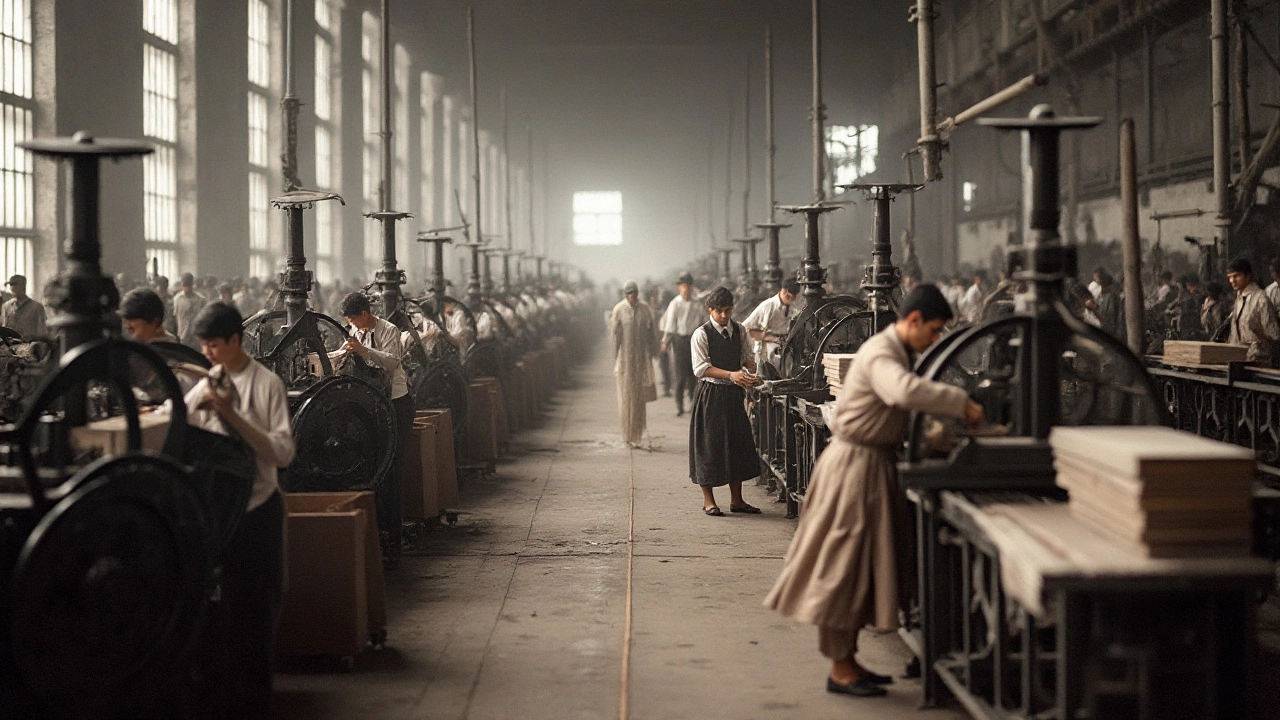Industrial Revolution: What It Means for Today’s Factories
When you hear "industrial revolution," most people picture steam engines, smoky factories, and massive looms. But the story doesn’t stop in the 1800s. Those early changes set the stage for the high‑tech production lines you see in India’s plants today. Understanding the milestones helps you see why modern air‑control systems, like the ones we build at Blue D Air Control, matter so much.
From Steam Power to Smart Machines
First up, steam power. In the late 1700s British engineers figured out how to turn water‑heated steam into motion. Factories could run bigger machines, produce more parts, and pay workers less. That jump sparked a wave of new factories across Europe and later the United States. By the early 1900s, electricity replaced steam, making factories faster and cleaner. Today, that shift looks like robots, IoT sensors, and cloud‑based controls that keep production humming around the clock.
Why the Revolution Still Drives India’s Manufacturing Boom
India’s manufacturing sector rides the same wave of tech upgrades. Cheap labor and massive market demand attracted global brands, while homegrown firms started investing in automation to stay competitive. The country’s push for “Make in India” means more factories need reliable air‑control, temperature regulation, and energy‑saving solutions – exactly where the industrial revolution’s legacy lives on.
Another big takeaway? The 7 wastes of manufacturing, a concept born from lean thinking, still cut costs everywhere. Spotting overproduction, waiting time, or excess inventory can save millions. If you’re running a small unit, a simple check‑list can spot these wastes faster than a full‑scale audit.
So, how does all this affect you? If you own a plant or work in operations, the old lessons teach you to invest in the right tech early – think scalable control systems that grow with your line. It also reminds you to keep an eye on energy use, worker safety, and waste reduction. Those factors were the backbone of the original industrial revolution, and they’re still the backbone of profit‑making factories today.
Bottom line: The industrial revolution isn’t a dusty chapter; it’s a living guide. From steam to sensors, the core idea is the same – make more, faster, and cheaper while keeping quality high. Apply those principles now, and you’ll be ready for the next wave of manufacturing innovation.

Who Is the Father of the Steel Industry? The Untold Legacy of Andrew Carnegie
Who shaped steel as we know it? Dive into Andrew Carnegie’s dramatic rise, iron secrets, and sometimes dark side to discover how steel changed the world.

The Economic Impact of the Factory System on Manufacturing
The factory system revolutionized manufacturing by introducing mass production and improving efficiency, leading to significant economic advantages. This article explores how the system's centralization of production processes reduced costs and increased output, transforming industries during the Industrial Revolution. Key aspects include the establishment of organized labor, technological advancements, and streamlined operations that paved the way for modern industrial practices. The narrative also showcases remarkable historical shifts and their implications for contemporary manufacturing.

